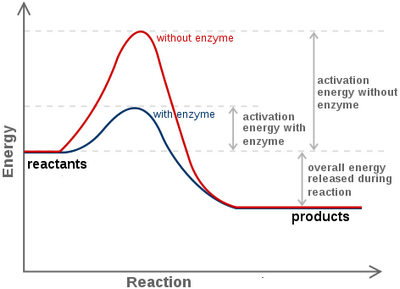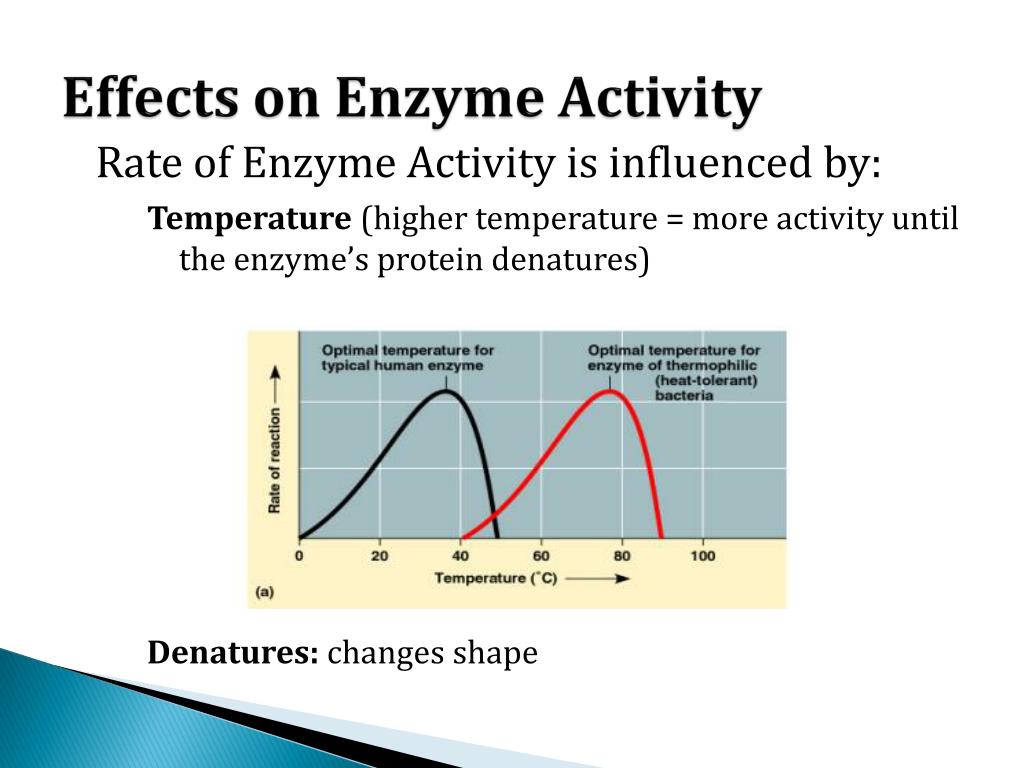

While most of the metabolism of ethanol is hepatic, gastric ADH also oxidizes ethanol.Īmitava Dasgupta, in Alcohol, Drugs, Genes and the Clinical Laboratory, 2017 Genes encoding alcohol dehydrogenase enzymeĪDH is zinc containing cytosolic enzyme consisting of two protein subunits. Class 4 ADH is present in the stomach ( Moreno & Pares, 1991 Stone, Thomasson, Bosron, & Li, 1993) and class 5 is in the liver and the stomach ( Yasunami, Chen, & Yoshida, 1991).

Class 3 ADH has a low affinity for ethanol and does not oxidize ethanol in the liver ( Lieber, 2005). Class 1 isoenzymes have a low Km, while class 2 isoenzymes have a higher Km.

The class 1 ADH isoforms are the most relevant for oxidation of ethanol. a Km supplied is for ethanol ADH also oxidizes other substrates. Class 4 ADH is found in the human stomach ( Moreno & Pares, 1991 Stone et al., 1993) and class 5 has been reported in liver and stomach ( Yasunami et al., 1991). Class 3 ADH has a low affinity for ethanol and does not participate in the oxidation of ethanol in the liver ( Lieber, 2005). Class 1 isoenzymes generally require a low concentration of ethanol to achieve “half-maximal activity” (low Km), while class 2 isoenzymes have a relatively high Km. Km is the concentration of substrate that leads to half-maximal velocity.

ADH is a zinc metalloprotein with five classes of isoenzymes that arise from the association of eight different subunits into dimers. This table describes the properties of the alcohol dehydrogenase (ADH) isoenzymes. 26 Meanwhile, the accumulation of ROS and lipid peroxidation products, including 4-HNE and MDA, in the liver was also attenuated by zinc supplementation. Indeed, dietary supplementation with zinc sulfate suppressed alcohol-elevated CYP2E1 activity, while it increased ADH activity in the liver of alcohol-fed mice. 115 Thus, alcohol-induced hepatic zinc depletion is most likely linked to a shift of alcohol metabolic pathway from ADH to CYP2E1 that favors ROS generation. 8 In alcoholic patients, a significant reduction of hepatic ADH activity is associated with zinc decrease in the liver. 114 Zinc is a cofactor of ADH, and removal of zinc from ADH led to a complete loss of its catalytic activity. 112,113 Alcohol metabolism via CYP2E1 pathway generates ROS, and it has been well defined that hepatic CYP2E1 induction represents a major mechanism for alcohol-induced oxidative stress. However, chronic alcohol consumption induces cytochrome P450 2E1 (CYP2E1), instead of ADH. Zhanxiang Zhou PhD, in Molecular Aspects of Alcohol and Nutrition, 2016 Suppression of ROS GenerationĪDH is the major enzyme responsible for alcohol metabolism in the liver, at normal physiological condition.


 0 kommentar(er)
0 kommentar(er)
